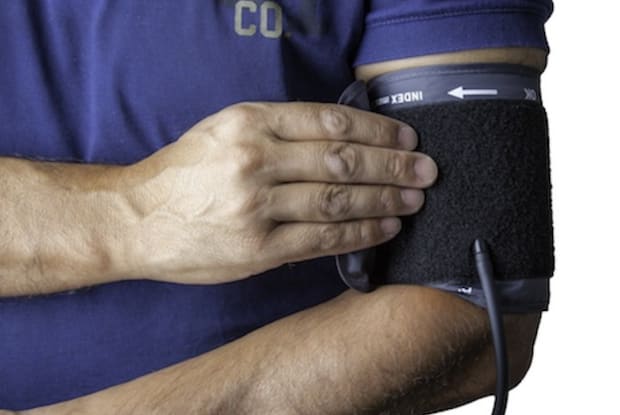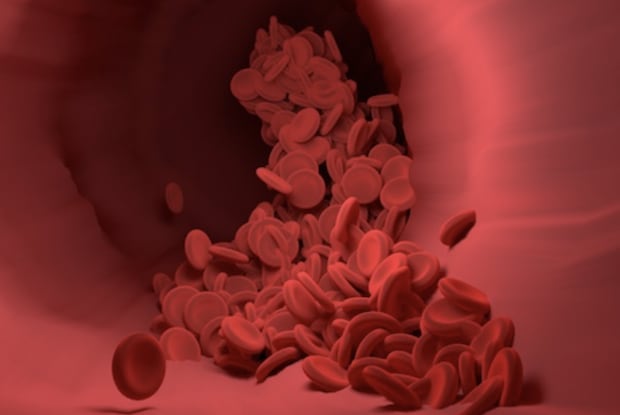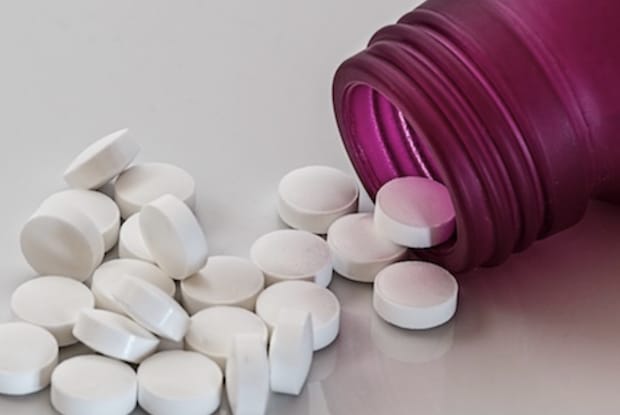Table of Contents
I. What is High Blood Pressure?
IV. Angiotensin-2 Receptor Blockers
What is High Blood Pressure?
High blood pressure is an incredibly common condition in the United States. It affects around 103 million adults. Concerningly, high blood pressure usually shows no symptoms so many Americans may be unaware that they have it. [1]
High blood pressure is also called hypertension and occurs when a person’s heart has to work harder than usual to pump blood around the body. Your blood pressure is measured by the amount of blood that is pumped and the amount of resistance against the arteries. [2]
There are several ways to lower blood pressure. Once your doctor has diagnosed you with hypertension, then they will likely prescribe you medication to reduce blood pressure. There are several different types of medications. Your medication will depend on how severe your blood pressure is, as well as your general health. It is not common to switch blood pressure drugs if they are not effective. However, medications take time to work and should be taken every day. As well as prescription medication, certain lifestyle changes can also reduce your blood pressure. Keep reading to learn about the most common types of blood pressure medications.
Diuretics are usually the first type of medication used to treat high blood pressure. Diuretics work to reduce blood pressure by removing water from the body. For this reason, diuretics are commonly known as ‘water pills.’ Commonly prescribed diuretics include Bumex (bumetanide) and Lozol (indapamide). These medications help the kidneys to increase the amount and the frequency of a person’s urination. By removing more sodium and therefore fluid from the body, your volume of blood is reduced, lowering your blood pressure. [3] While diuretics are most commonly used to treat hypertension, they have other uses. These medications are also commonly used to treat edema (swelling in the body) in congestive heart failure. There are three main types of diuretics: thiazide/thiazide-like, loop, and potassium-sparing diuretics. Thiazides are the most commonly prescribed diuretic, especially for high blood pressure. This is because they cause your blood vessels to relax, along with reducing fluid in the body. [4] ACE inhibitors (angiotensin-converting enzyme inhibitors) are another common blood pressure medication. Medications such as Prinivil (lisinopril) and Vasotec (Enalapril) work by helping your blood vessels to relax and widen. ACE inhibitors are more effective in young people (<50 years old) and in Caucasians. [5] These medications prevent an enzyme in your body from producing angiotensin 2 (angiotensin II). Angiotensin 2 is a natural chemical that narrows your blood vessels, forcing your heart to work harder and increasing blood pressure. ACE inhibitors are commonly used for hypertension, especially for patients that need to take more than one blood pressure drug. They may be prescribed along with a diuretic or a calcium channel blocker. Other uses for ACE inhibitors include treating heart failure, coronary artery disease, heart attack, kidney diseases, and migraines. Angiotensin-2 receptor blockers (ARBs) are similar to ACE inhibitor medications. Common ARBs include Cozaar (losartan) and Benicar (Olmesartan). These are commonly prescribed for patients that suffer unpleasant side effects after taking an ACE inhibitor medication. Both ARBs and ACE inhibitors affect the same chemical in the body, angiotensin 2. However, while ACE inhibitors block the production of angiotensin 2, ARBs prevent angiotensin 2 from functioning correctly. Both medications work by widening blood vessels, which allows blood to flow more easily. [6] Calcium channel blockers (also known as calcium channel antagonists), such as Norvasc (amlodipine) and Adalat Chrono (nifedipine) work to lower your blood pressure by affecting calcium in the body. These drugs can limit both the speed and the amount of calcium that flows into the heart and vasculature, depending on the individual agent. This limitation prevents the heart from beating as strongly/quickly and allows your blood vessels to relax. While ACE inhibitors are more effective at treating younger adults and Caucasians, calcium channel blockers are more effective at treating hypertension in older adults and people of African heritage. [7] Calcium channel blockers are often prescribed alongside other blood pressure medications, including diuretics and beta-blockers. Beta-blockers (also called beta-adrenergic blocking agents) are less effective at lowering blood pressure than other medications. Because of this, they are typically only prescribed when other medications and treatments have not been successful at reducing hypertension. A common beta-blocker is Toprol XL (metoprolol XL), which works by blocking the hormone adrenaline (epinephrine). Limiting this hormone slows down the speed at which the heart beats and also reduces its force. Beta-blockers also help widen your veins and arteries so that blood can flow more easily. As well as treating high blood pressure, beta-blockers may be prescribed for other medical conditions, including chest pain, heart attacks, heart failure, and irregular heart rhythm. The content in this article is intended for informational purposes only. This website does not provide medical advice. In all circumstances, you should always seek the advice of your physician and/or other qualified health professionals(s) for drug, medical condition, or treatment advice. The content provided on this website is not a substitute for professional medical advice, diagnosis, or treatment.
Diuretics (Water Pills)
ACE Inhibitors

Angiotensin-2 Receptor Blockers
Calcium Channel Blockers

Beta-Blockers
